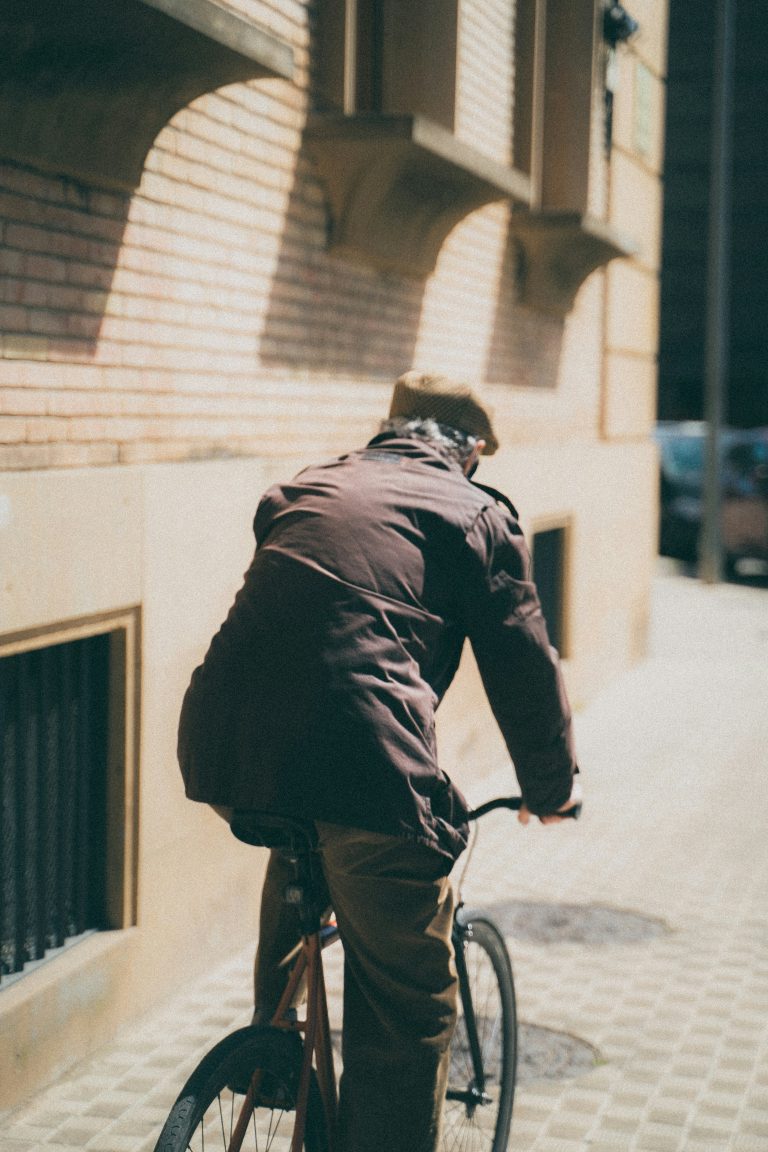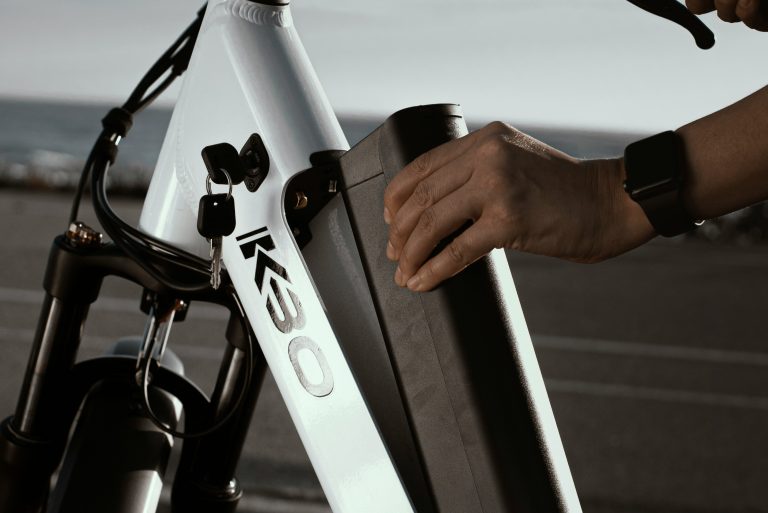Is 350W Ebike Enough?
Picture this: you’re ready to embrace a more eco-friendly and efficient mode of transportation, and you’ve set your sights on an electric bike. But as you browse through countless options, one question keeps nagging at you: is a 350W ebike enough? With so many factors to consider, from terrain to weight to desired speed, it’s essential to understand the capabilities of a 350W ebike before making your decision. In this article, we’ll explore the power and potential of a 350W ebike, helping you determine if it’s the right fit for your needs and adventures. So, let’s dive into the world of electric bikes and discover what a 350W motor can truly offer.
Introduction
Explaining what an ebike is
An ebike, short for electric bike, is a bicycle equipped with an electric motor that provides assistance to the rider. This motor is powered by a battery, which is usually rechargeable. Ebikes have gained popularity in recent years as a convenient and eco-friendly mode of transportation. They offer the option of pedaling manually or using the motor for assistance, making it easier to tackle hills and ride longer distances.
Importance of considering power when choosing an ebike
When choosing an ebike, it is crucial to consider the power rating, as it determines the performance and capabilities of the bike. Power is measured in watts (W), and a higher wattage generally means more motor power. While some may assume that higher power is always better, it is important to find the right balance for your specific needs. A 350W ebike can be a suitable choice for many riders, providing a good combination of power and efficiency.
Introduction to 350W ebikes
A 350W ebike refers to an electric bike with a motor rated at 350 watts. This power rating falls in the mid-range category and offers a range of benefits for different types of riders. It strikes a balance between power and efficiency, making it suitable for various riding situations, including city commuting and recreational rides. Understanding the advantages and limitations of 350W ebikes can help you make an informed decision when considering purchasing one.
Understanding Ebike Power
Explanation of ebike power rating
The power rating of an ebike represents the electrical output of the motor. It indicates how much power the motor can generate to assist with pedaling. The higher the power rating, the more assistance the motor can provide. In the case of a 350W ebike, the motor is capable of delivering 350 watts of power to augment your pedaling efforts, making it easier to ride uphill and travel longer distances without getting fatigued.
Difference between pedal-assist and throttle-only ebikes
Ebikes can be divided into two main categories: pedal-assist and throttle-only. Pedal-assist ebikes, also known as pedelecs, provide assistance only when the rider is actively pedaling. The motor senses the rider’s pedaling motion and delivers power accordingly. Throttle-only ebikes, on the other hand, have a throttle that can be used to engage the motor without pedaling. This allows riders to rely solely on the motor for propulsion. Both types can have a power rating of 350W, but the level of assistance and control may vary.
Why power matters for different riding situations
The power of an ebike is instrumental in determining its performance in various riding situations. In urban environments with stop-and-go traffic, a 350W ebike offers sufficient power to accelerate quickly, making it ideal for commuting. It also allows easier navigation through inclines and traffic congestion. For recreational rides, a 350W ebike can provide the necessary power to tackle hilly terrains and cover longer distances without exerting excessive effort. Power becomes especially important when carrying heavier loads or when riding off-road or on rough terrains.

Advantages of 350W Ebikes
Good balance of power and efficiency
One of the main advantages of a 350W ebike is the balance it strikes between power and efficiency. While higher power ratings may provide more assistance, they can also drain the battery faster and reduce overall efficiency. A 350W ebike offers a good compromise, providing enough power to tackle various riding situations while ensuring a decent battery life.
Suitable for city commuting and recreational rides
350W ebikes are well-suited for city commuting and recreational rides. In urban areas, where traffic congestion and inclines are common, the power provided by a 350W motor allows for quick and efficient riding. Pedaling up hills or accelerating at traffic lights becomes easier, enabling a more enjoyable and convenient commute. For recreational rides, a 350W ebike provides sufficient power to tackle hilly terrains, extending your range and allowing you to explore scenic routes with ease.
Legal and street-friendly power limit in many countries
In many countries, including the United States and European Union member states, a 350W power limit is deemed street-legal for ebikes. This means that riders do not require a special license or registration to operate a 350W ebike on public roads. It also ensures that the speed and power of the ebike comply with local regulations, promoting safety and reducing the risk of accidents. Choosing a 350W ebike ensures that you are within legal limits while enjoying the benefits of electric assistance.
Factors to Consider
Terrain and inclines
When deciding on the appropriate power rating for an ebike, it is essential to consider the terrain you will be riding on. If you live in an area with steep hills or frequent inclines, a higher power rating may be beneficial. A 350W ebike can handle moderate inclines and provide sufficient power for most urban environments. However, if you anticipate tackling challenging terrains on a regular basis, you may want to consider a higher power rating for better performance.
Weight of the rider and cargo
The weight that an ebike needs to carry is another factor to consider when choosing the power rating. A 350W ebike is generally suitable for riders of average weight and can handle additional cargo, such as a backpack or groceries. However, if you are significantly heavier or regularly transport heavy loads, you may need a higher power rating to ensure optimal performance. Consider your body weight and the weight of any cargo you typically carry to determine if a 350W ebike is sufficient.
Desired speed and acceleration
The desired speed and acceleration also play a role in determining the appropriate power rating. A 350W ebike can provide decent acceleration and allow for a comfortable cruising speed of around 20-25 miles per hour (32-40 kilometers per hour), depending on various factors. If you require faster acceleration or want to reach higher top speeds, you may want to consider a higher power rating. Keep in mind that higher speeds may impact battery life and range.
Battery capacity and range
The power rating of an ebike is closely linked to battery capacity and range. A 350W ebike typically has a battery capacity ranging from 300Wh to 500Wh, depending on the model. This capacity allows for a reasonable range, usually between 30 and 60 miles (48-96 kilometers) on a single charge. If you need to cover longer distances or have more versatility in terms of range, you may want to explore ebikes with higher power ratings and larger battery capacities.
Intended use and riding style
Lastly, the intended use and riding style should be taken into account when considering ebike power. If you primarily plan to use your ebike for commuting or recreational rides on paved roads, a 350W ebike should be sufficient. However, if you enjoy off-road adventures, mountain biking, or require an ebike for professional purposes like food delivery, a higher power rating may be more appropriate. Evaluate your specific needs and riding style to make an informed decision.

Benefits of Higher Power Ebikes
Improved performance on steep hills and rough terrains
One of the significant advantages of higher power ebikes is their improved performance on steep hills and rough terrains. A higher power rating, such as 500W or 750W, provides more assistance, allowing you to conquer steeper inclines with ease. If you regularly ride in mountainous areas or encounter challenging off-road conditions, a higher power ebike can ensure a smoother and more enjoyable ride.
Higher top speed and acceleration
Higher power ratings also offer the benefit of increased top speed and faster acceleration. If you desire the thrill of riding at higher speeds or need quicker acceleration for navigating traffic, a higher power ebike can fulfill those requirements. While a 350W ebike can offer decent speed and acceleration, higher power models provide an extra boost, making them suitable for riders who crave a more exhilarating riding experience.
Ability to carry heavier loads
If you frequently carry heavy cargo or have significant body weight, a higher power ebike can provide the necessary assistance to handle the additional load. The increased power rating ensures that the motor can effectively support the weight, preventing excessive strain on the bike’s components. This makes higher power ebikes a preferred choice for delivery riders or individuals who frequently transport heavy items.
Longer range and reduced battery strain
Higher power ebikes typically come with larger battery capacities, allowing for longer rides without the need for recharging. The increased power rating also means that the motor does not have to work as hard to provide the desired assistance, reducing battery strain and extending its overall lifespan. If you prioritize longer rides and less frequent recharging, a higher power ebike can be a suitable option.
Suitability for off-road and mountain biking
For riders who enjoy off-road adventures or mountain biking, a higher power rating is often necessary. These activities require an extra level of power and torque to tackle challenging terrains and conquer steep ascents. Higher power ebikes are specifically designed to meet the demands of off-road riding, featuring robust frames, suspension systems, and powerful motors. If you are an avid off-road enthusiast, a 350W ebike may not provide the necessary power to fully enjoy these activities.
Limitations of 350W Ebikes
May struggle on demanding terrains and inclines
While a 350W ebike offers a good balance of power and efficiency, it may struggle on demanding terrains and inclines. If you frequently encounter steep hills or require significant power assistance, a 350W motor might not be sufficient. Riders who live in particularly hilly areas or intend to tackle challenging terrains regularly might be better off with higher power options.
Limited speed and acceleration compared to higher power models
In terms of speed and acceleration, a 350W ebike may have some limitations when compared to higher power models. While it can provide decent speed and acceleration, a 350W motor might not satisfy riders seeking faster speeds or quicker acceleration. If you prioritize these factors, opting for an ebike with a higher power rating can provide the desired performance.
Not ideal for riders with significant weight or cargo
350W ebikes have their limitations when it comes to carrying significant loads. If you are a rider with a higher body weight or frequently transport heavy cargo, a 350W motor might struggle to provide sufficient power. In these cases, a higher power ebike might be more suitable to ensure optimal performance and prevent excess strain on the bike’s components.

Legal Regulations
Summary of ebike power regulations in different countries
Ebike power regulations differ from country to country, and it is important to understand the legal requirements in your area. In the United States, ebikes with a power rating of up to 750W are classified as Class 3 electric bicycles, while those with a power rating of up to 350W are considered Class 1 or Class 2, depending on the presence of a throttle. European Union member states generally classify ebikes with a power rating of up to 250W as standard, while a power rating between 250W and 750W is classified as a speed pedelec.
Restrictions on speed and power in certain areas
Some areas may have additional restrictions on speed and power for ebikes. Local regulations and ordinances can impose further limitations to ensure safety and compatibility with existing traffic laws. It is crucial to familiarize yourself with these restrictions before purchasing an ebike. Always ride responsibly, respect speed limits, and adhere to the regulations in your area to ensure a safe and enjoyable riding experience.
Choosing the Right Ebike Power
Consider personal needs and preferences
When choosing the right ebike power, it is essential to consider your personal needs and preferences. Ask yourself what kind of riding you will be doing, the terrain you will encounter, and the weight you will be carrying. Assessing your own abilities and expectations will help determine the appropriate power rating that suits your requirements.
Assess intended riding conditions
Evaluate the riding conditions you expect to encounter on a regular basis. If you live in an area with steep hills or frequently ride off-road, a higher power ebike may be necessary. On the other hand, if your typical rides involve mainly flat or moderately inclined terrains, a 350W ebike could be sufficient. Assess the intended riding conditions to ensure you choose an ebike with an appropriate power rating.
Consult with experts and test ride different models
Consulting with experts in ebike technology and visiting reputable bike shops can provide valuable insights into choosing the right power rating. Experienced professionals can guide you based on your specific needs and offer advice on models that suit your requirements. Additionally, test riding different ebikes with varying power ratings can help you understand the difference in performance and feel, allowing you to make an informed decision.
Weigh the pros and cons of different power options
Weighing the pros and cons of different power options is crucial for selecting the right ebike. Consider the advantages and limitations of 350W ebikes, as well as higher power models. Evaluate factors such as performance, battery life, range, and adaptability to your intended use. By carefully analyzing each aspect, you can make a decision that ensures a satisfying riding experience.

Conclusion
Summary of key points
In conclusion, choosing an ebike with the right power rating is essential for a satisfying riding experience. A 350W ebike provides a good balance between power and efficiency, making it suitable for city commuting and recreational rides. It offers decent acceleration, speed, and assistance on moderate inclines. However, riders who frequently encounter demanding terrains, require faster speeds, or carry significant weight may need to explore higher power options.
Encouragement to consider personal needs when assessing ebike power
When considering ebike power, it is important to evaluate your personal needs, intended riding conditions, and the type of terrain you will be riding on. Assessing your own abilities, desired speed, acceleration, and cargo-carrying requirements will help you choose the most suitable power rating for your needs. Taking these factors into account ensures an enjoyable and optimal riding experience.
Highlighting the versatility and suitability of 350W ebikes for various riders
While different power options are available, 350W ebikes offer a versatile and suitable choice for various riders. With a good balance of power and efficiency, they excel in urban commuting and recreational rides. A 350W power rating is also within the legal limits in many countries, providing peace of mind that you are riding within the regulations. Consider the advantages and limitations of 350W ebikes, and make an informed decision that brings you joy and convenience on your rides.






